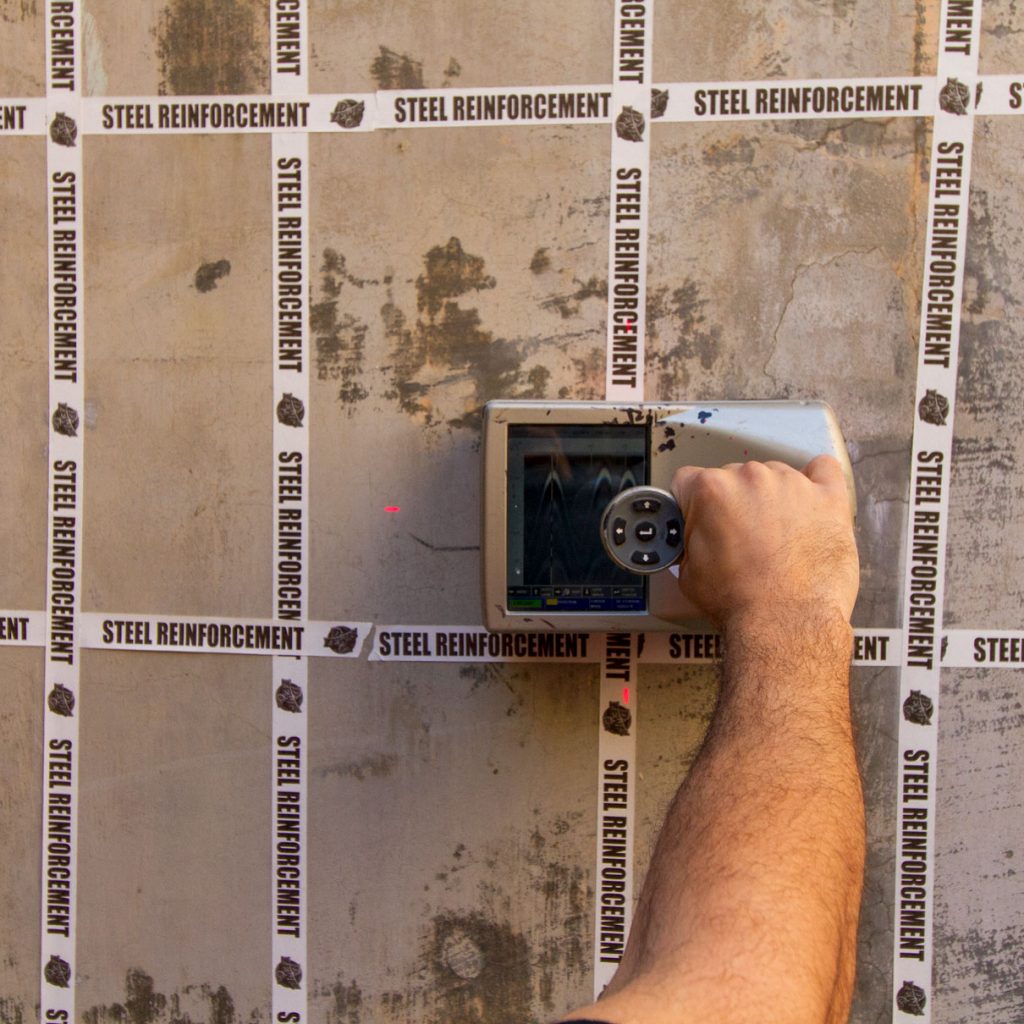Beyond the Surface: Leveraging Advanced Concrete Scanning Techniques for Unmatched Accuracy and Insight
Advanced concrete scanning strategies have actually emerged as vital devices in this pursuit, using a peek below the surface to introduce a globe of important insights. By harnessing sophisticated technologies, professionals can uncover anomalies, examine the condition of concrete structures, and make educated choices that form the program of projects.
Importance of Advanced Concrete Scanning
The significance of making use of sophisticated concrete scanning strategies depends on the exceptional accuracy they use for finding sub-surface abnormalities and making certain architectural honesty. By using cutting-edge technologies such as ground-penetrating radar (GPR), electromagnetic induction, and progressed sonar imaging, building and construction professionals can dig under the surface of concrete frameworks with a level of precision that much exceeds standard inspection methods. Concrete Scanning. These methods make it possible for the identification of surprise risks like rebar deterioration, spaces, avenues, or post-tension wires that might jeopardize the security and safety and security of a framework with time
Moreover, advanced concrete scanning provides indispensable understandings into the total problem of a concrete element without the demand for invasive actions, minimizing the risk of causing damages during the evaluation process. The capacity to pinpoint the specific location and deepness of prospective concerns allows for targeted repair services and maintenance, ultimately prolonging the lifespan of the structure and optimizing its performance. Fundamentally, the relevance of innovative concrete scanning can not be overstated in the realm of building and construction and framework maintenance, where accuracy and integrity are critical.
Types of Cutting-Edge Technologies

Abnormalities and Defect Discovery

Along with GPR, concrete scanning strategies like thermography and impact-echo testing are additionally efficient in identifying flaws and abnormalities. Thermography utilizes infrared modern technology to recognize variants in surface area temperature level, suggesting potential areas of problem such as delamination or dampness access. On the various other hand, impact-echo testing includes evaluating acoustic reactions to detect voids, cracks, and various other flaws within the concrete. By leveraging these innovative methods, professionals can proactively resolve structural issues, ensuring the long life and safety and security of concrete structures.
Assessing Concrete Condition
How can he has a good point designers precisely review the condition of concrete structures to guarantee their longevity and safety and security? Examining the concrete problem is a crucial aspect of maintaining facilities stability. Numerous innovative concrete scanning methods are utilized for this purpose. Ground-penetrating radar (GPR) is commonly utilized to examine the interior framework of concrete, detecting voids, splits, and other anomalies that might endanger its stamina. Furthermore, impact-echo testing can supply insights into the thickness and honesty of concrete elements. Ultrasonic pulse speed screening is one more useful method for reviewing concrete quality by gauging the speed of acoustic waves with the product.
Additionally, visual inspection remains an essential component of concrete problem assessment. Designers aesthetically analyze the surface area for indications of deterioration, such as spalling, splitting, or discoloration. Integrating non-destructive screening approaches with visual evaluations permits an extensive examination of concrete condition, making it possible for engineers to recognize potential concerns early and carry out prompt maintenance or repairs. By leveraging these advanced strategies, engineers can make sure the long-lasting longevity and safety of concrete frameworks.
Enhancing Decision-Making Procedures
In the world of framework management, maximizing decision-making procedures is critical for ensuring the reliable maintenance and long life of concrete structures. Boosted decision-making procedures in concrete administration include using sophisticated scanning techniques to gather in-depth data on click here now the condition of structures. By leveraging innovations such as ground-penetrating radar and 3D imaging, stakeholders can make educated choices pertaining to support, substitute, or fixing methods.
These progressed scanning methods give very useful insights right into the internal make-up of concrete, identifying possible issues such as spaces, cracks, or rust that might not show up on the surface. This level of comprehensive info enables aggressive maintenance preparation, lessening the threat of structural failures and increasing the overall lifespan of concrete frameworks.
In addition, by incorporating digital paperwork and analysis tools into the decision-making procedure, stakeholders can track the advancement of concrete conditions with time, enabling anticipating maintenance strategies and enhancing resource allotment. Ultimately, the integration of innovative concrete scanning methods improves decision-making procedures by supplying unparalleled accuracy, insight, and performance in framework administration.
Verdict
To conclude, progressed concrete scanning methods use unrivaled precision and insight in spotting abnormalities, problems, and assessing go to the website the problem of concrete structures. By leveraging advanced technologies, decision-making procedures can be enhanced, resulting in even more informed and reliable options for keeping and repairing concrete infrastructure. These techniques play a crucial duty in making certain the safety and long life of concrete frameworks, making them an indispensable tool in the area of building and engineering.
In addition, advanced concrete scanning gives vital understandings into the overall condition of a concrete element without the demand for intrusive steps, minimizing the risk of causing damages during the assessment procedure - Concrete Scanning. Another ingenious modern technology is 3D X-ray scanning, which provides comprehensive images of the interior structure of concrete, supplying valuable info without the need for destructive testing. Furthermore, Concrete Cover Meters are used to measure the thickness of concrete cover over support bars precisely. Boosted decision-making procedures in concrete monitoring include using innovative scanning methods to collect in-depth data on the problem of frameworks.In verdict, advanced concrete scanning methods offer exceptional accuracy and understanding in identifying anomalies, defects, and analyzing the condition of concrete structures